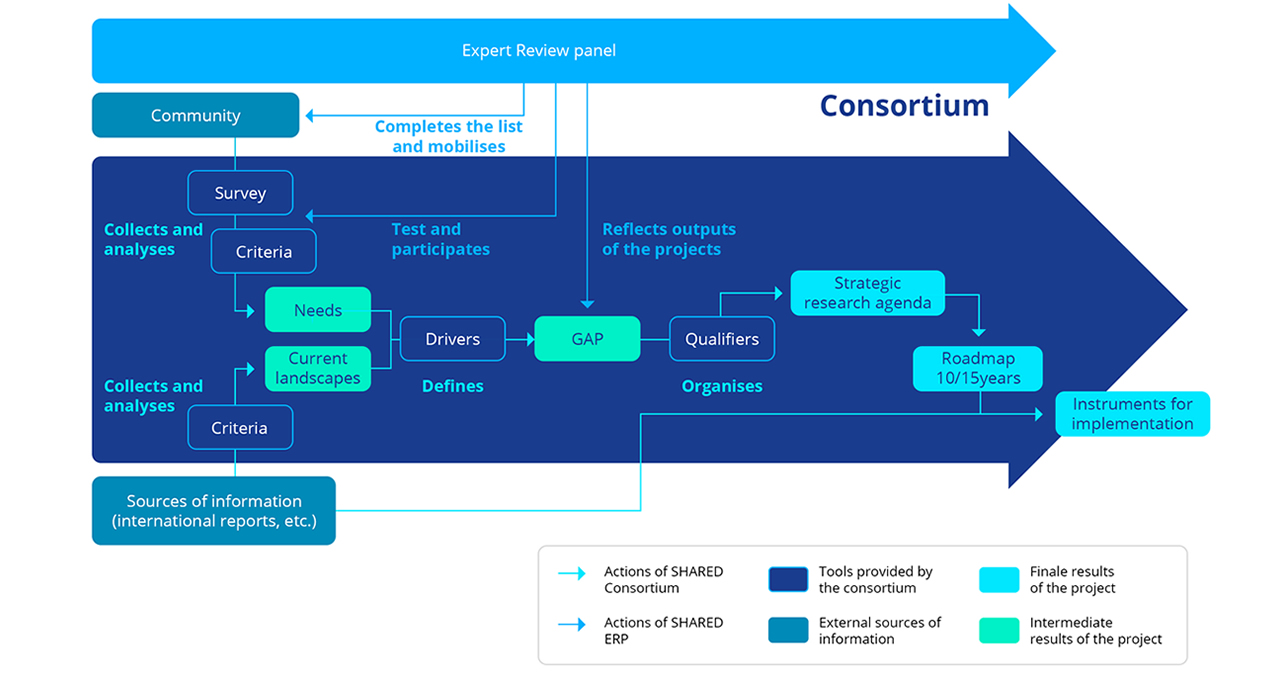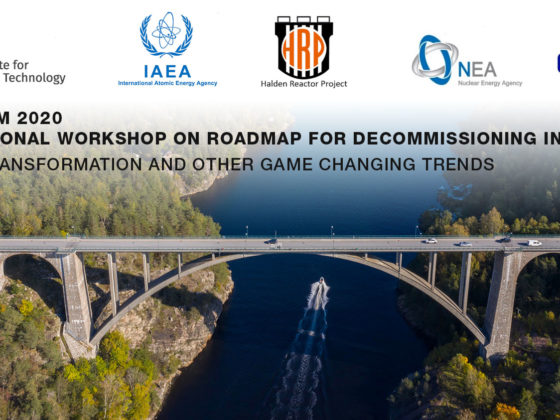SHARE is built on a consultation process considering the needs and points of view of different stakeholders. The project will also consider the existing and emerging innovative techniques and solutions as well as the international best practices and advanced technologies in the field of decommissioning.
Three groups of stakeholders will be involved in establishing the roadmap for decommissioning research with different roles:
>SHARE consortium members: Overseeing the process, implementing consultations and updating the outcome along with the process,
>Expert Review Panel (ERP): A number of contact persons in different organizations with an interest in contributing to the process of establishing the roadmap by assessing, reviewing and complementing the overall outcome at different steps, and
>Community Stakeholders: Organizations identified by the SHARE project as interested in the roadmap; being willing to respond to requests for input along with the process of establishing the roadmap; and interested in implementing parts of the roadmap.
In addition, a Strategic Research Agenda (SRA) is proposed to define research priorities and suggest targets that can be actually achieved in the field of decommissioning aiming at safety improvement, environmental impact minimisation and cost reduction. Non-technological issues are organised as cross-cutting activities (i.e. competence maintenance, education and training, dialogue with society regulators, etc.).
SHARE roadmap with the topics identified in the SRA will be developed for the forthcoming 10-15 years.













